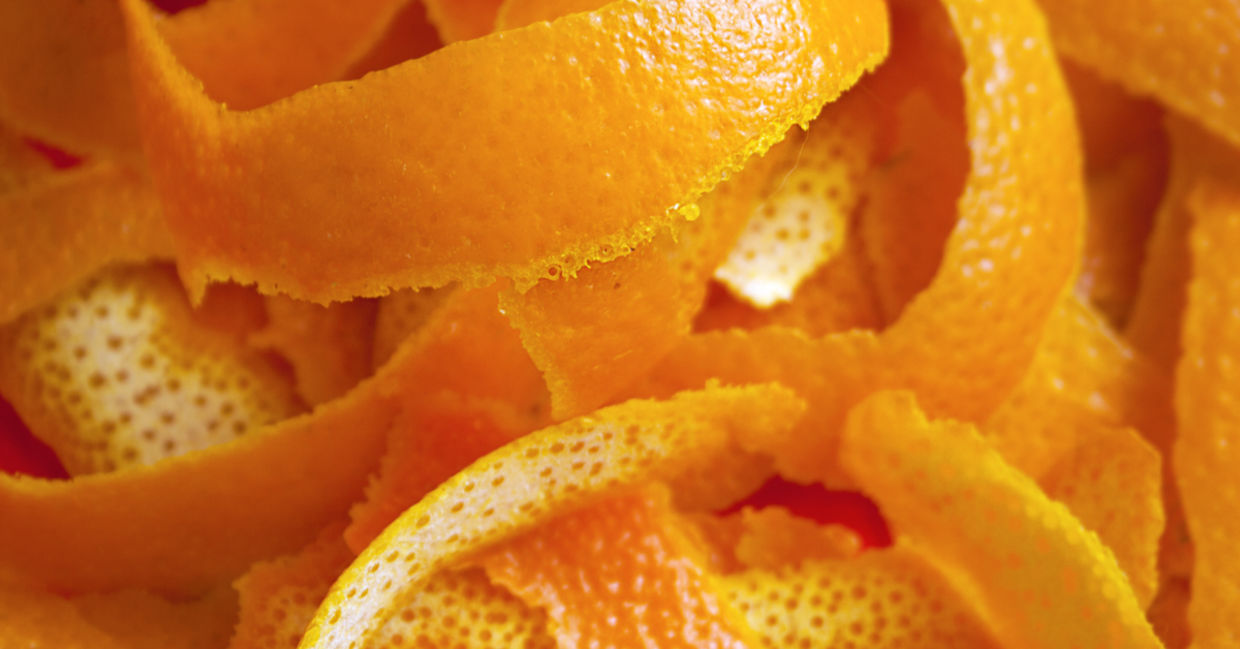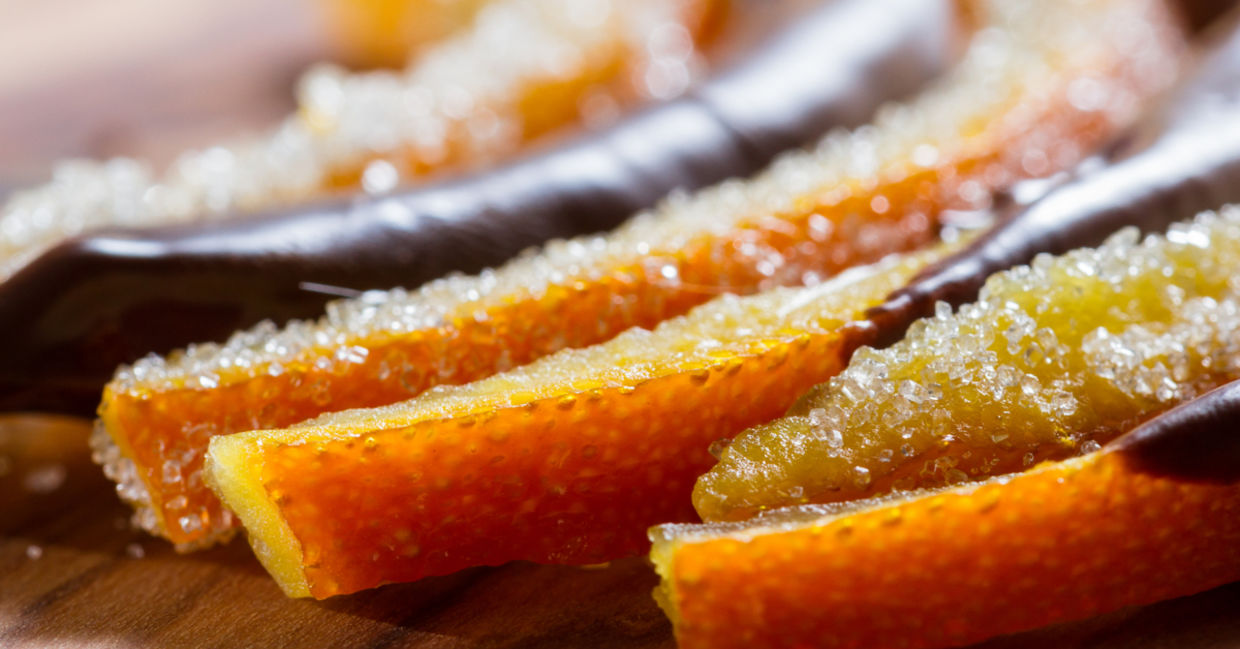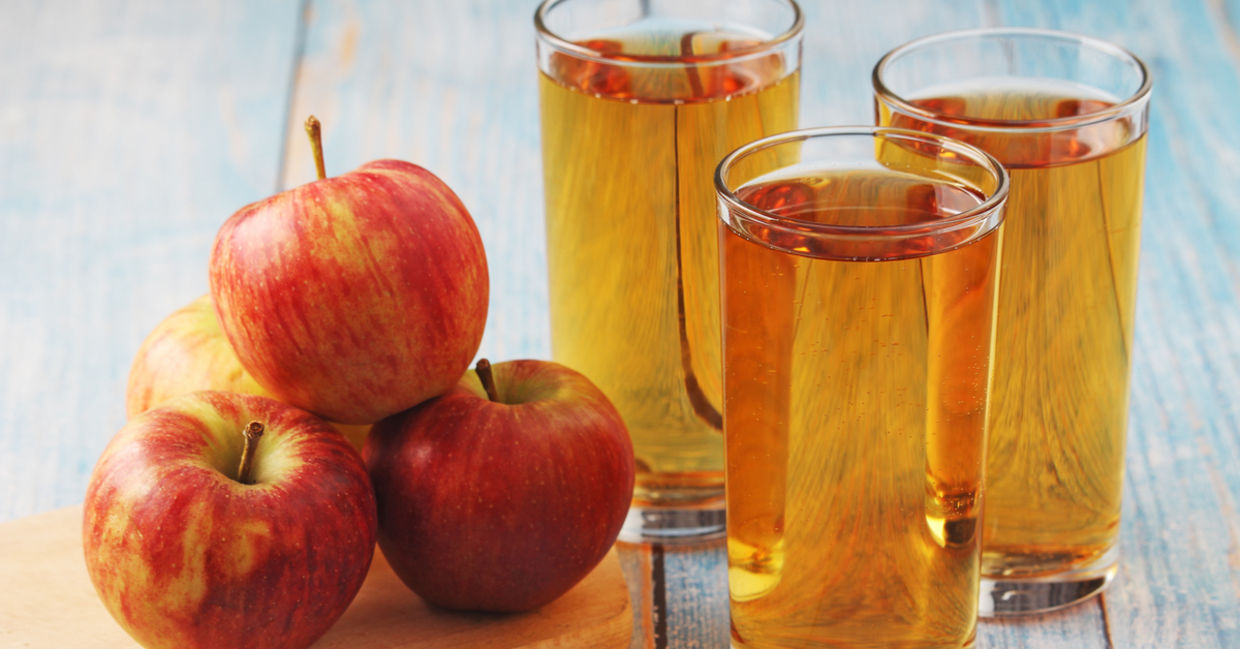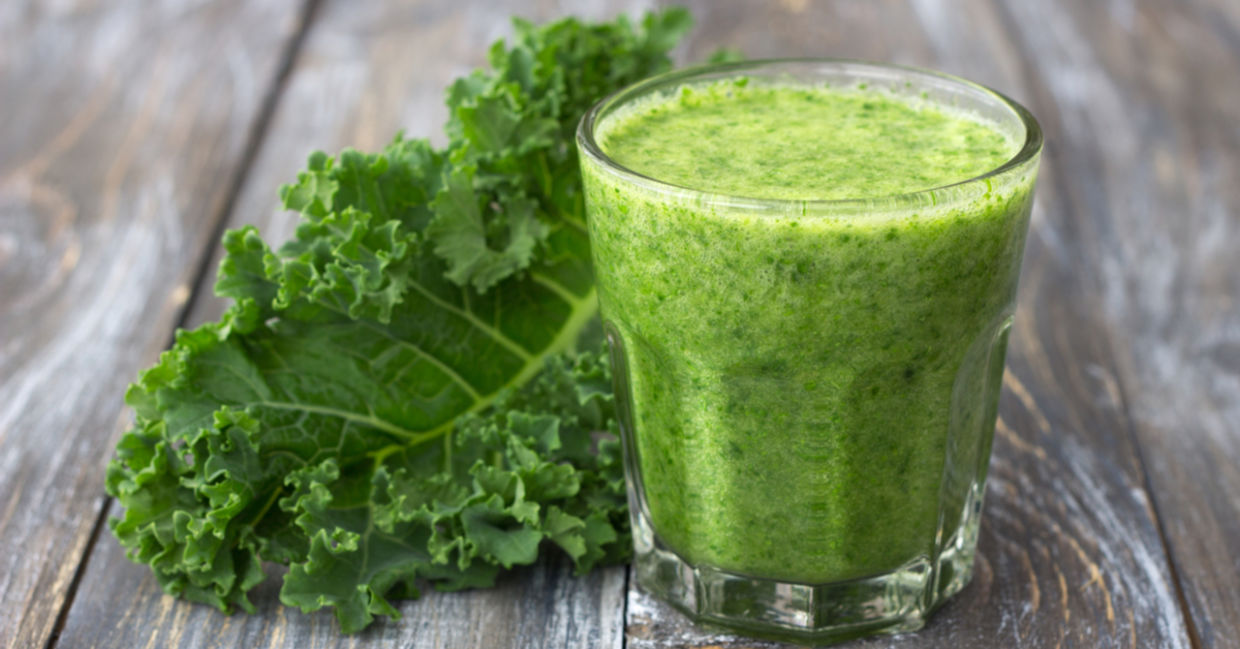
(kisa2014 / Shutterstock.com)
Cooking preparation entails chopping, peeling, coring, and discarding. But did you know that many of those scraps being tossed are nutritious and can be used to create delicious dishes? Reusing scraps enables you to benefit from healthy, powerful nutrients, save money in your pocketbook, and create less waste.
Waste from groceries is a big deal. Americans toss out one fifth of their groceries into the trash can each year, according to Mental Floss. Next time you pull out your cutting board, put on your creative cap and imagine the many ways you can turn these scraps and peels into meals! Here are five ideas to get you started on a nutritious recycling journey.
Turn broccoli stalks into fries
Most people chop off those thick stalks, unaware that they are highly nutritious. The stalks contain sulforaphane, a powerful antioxidant that helps reduce inflammation and may protect cells from DNA damage and some cancers, according to this Jaw Dropping Facts video.
Simply peel the stalks and chop into sticks. You can eat them raw or roast them. What’s Cooking Good Looking has a delicious recipe for roasted broccoli stalks seasoned with salt, pepper, garlic powder, and sesame seeds. Drizzle with olive oil, coat with cornmeal, and bake.
Carrot top pesto
When you buy bunches of carrots from the market, save those tops! Although the feathery greens of a carrot make up nearly half of the weight of a carrot, they are often tossed out, according to the World Carrot Museum. Similar to the roots, carrot leaves are rich in antioxidants, high in vitamin A, and have potassium which helps lower blood pressure, and may prevent osteoporosis. Carrot tops also contain zinc, iron, phosphorus, and calcium.
Use carrot tops in herbal teas, salads, or this delicious pesto from Yup It’s Vegan. Simply swap out the traditional basil leaves for carrot tops and enjoy!
Turn citrus peels into candy
Candied citrus peels are so good, they are addictive! Yet they are also highly nutritious; the citrus peel offers five times more vitamin C than the fruit inside, according to Jaw Dropping Facts. The peel of lemons, oranges, and grapefruits also contain zinc, magnesium, niacin, thiamine, iron, potassium, riboflavin, Vitamins A, B5, and B6.
Check out this recipe from Martha Stewart to make this delectable treat. Eat as a snack, or dip into melted chocolate and serve for dessert. Citrus peels can also be grated or chopped, then added to cake and muffin batters.

(Nature's Charm / Shutterstock.com)
Transform apple cores into apple juice
You can reuse apple peels and cores and turn them into a delicious juice. Collect them by freezing the apple cores until you have enough to make juice.
This recipe from Green Talk is easy to follow. Just simmer for 30 minutes, then strain with a coffee filter to get rid of any sediment. Sweeten with stevia or honey. Another idea is adding apple cores to a batch of homemade apple cider vinegar.

(Anastasia Kamysheva / Shutterstock.com)
Kale stem smoothies
Those kale stems may be tough, but they are highly nutritious, with many believing they have more vitamins and minerals than the actual leaves, according to The Roasted Root.
You can make a green smoothie from the stems and the taste is not as overpowering as that of the leaves, but since the stalks are tough, blending with ice will make your green drink even smoother.

(olepeshkina / Shutterstock.com)







